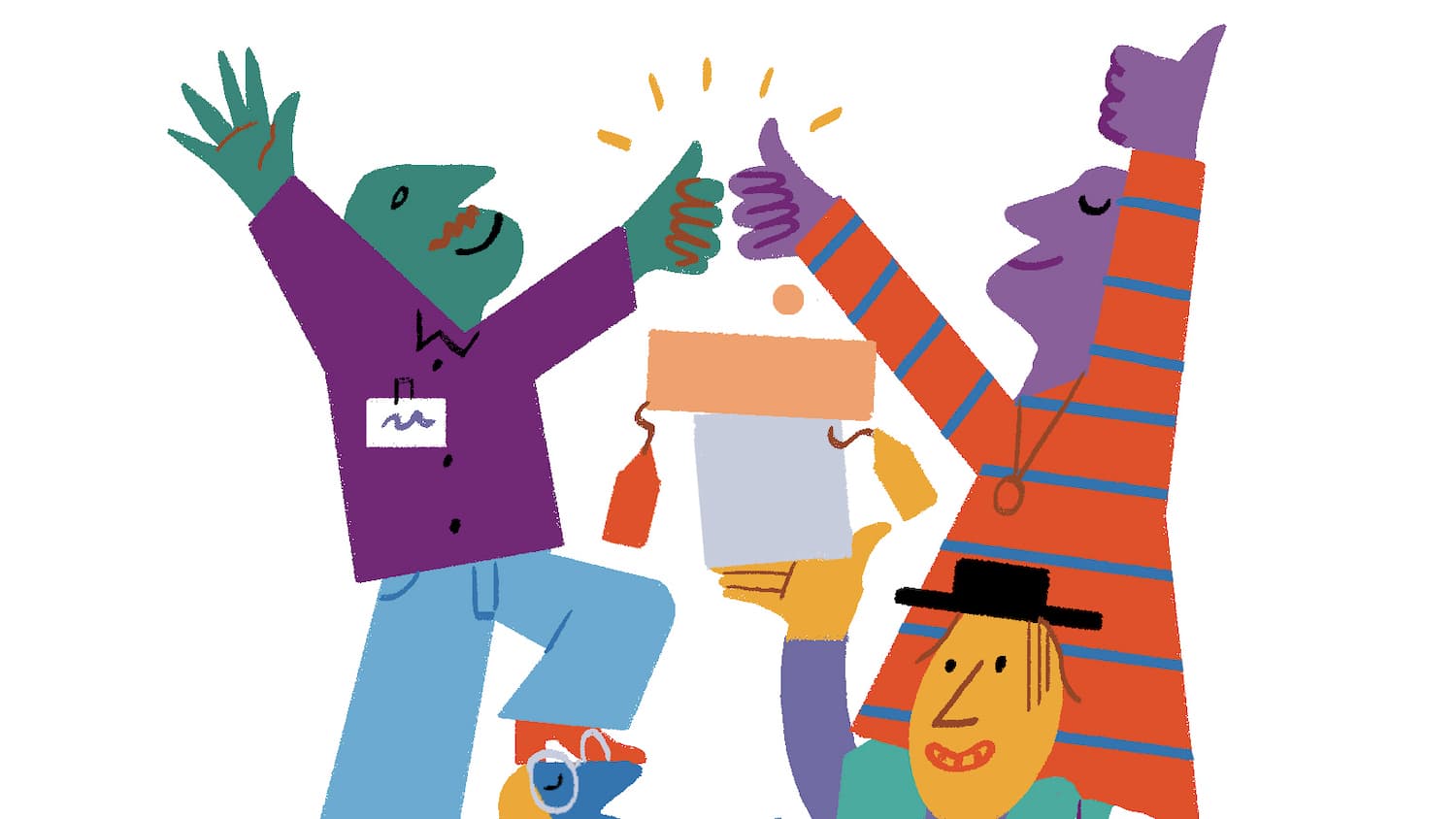


How do we achieve sustainable business growth? The thinking used to be that we did it by focusing on customers and their needs. But it turns out that when it comes to growth, employee satisfaction is just as important, if not more, than customer satisfaction. In fact, they are inextricably linked.



Tiffani Bova, the chief growth evangelist at Salesforce, used to spend much of her career preaching about the power of great customer experience to drive revenue growth.
“Any chance I got, I would talk about customer experience being the new battleground. I was hyper-focused on highlighting how brands that get this right are rewarded both financially and through customer loyalty,” Bova said. “And I think during that time, I was actually doing a disservice to that concept. It was customer-first without any association to the employees delivering those experiences – one might even say, at the expense of all other things.”
A joint research effort with Forbes Insights found that companies which focus on both customer experience (CX) and employee experience (EX) saw their revenues grow almost twice as fast as those that focus exclusively on one or the other.
However, since 2016, Bova began to look at this nuance: A truly valuable customer experience can only grow from a vibrant employee experience. She approached the marketing team at Salesforce to see if they would be interested in testing this hypothesis, which they did. A joint research effort with Forbes Insights found that companies which focus on bothcustomer experience (CX) and employee experience (EX) saw their revenues grow almost twice as fast as those that focus exclusively on one or the other.
“There’s a misperception that you can drive growth by having really engaged customers alone, and the research shows that’s just not true,” said Ross Gagnon, director of research at Forbes. “What we found is that better employee experience is a real growth catalyst too.”
Gagnon and his team surveyed more than 300 companies. Coming into the project, they had suspected that happy employees played at least some part in a company’s success. What shocked them was the degree to which that was true. On the surface, you can generate customer satisfaction without addressing employee satisfaction.
There’s a misperception that you can drive growth by having really engaged customers alone, and the research shows that’s just not true. What we found is that better employee experience is a real growth catalyst too.
Ross Gagnon, director of research, Forbes
“You can go out of business creating great customer experiences if they’re not aligned to the shared value proposition of your company,” said Christine Hill, global customer experience strategy and measurement leader at Eli Lilly and Co. “We have to understand what the shared value proposition is for the employee, the customer, and the company, because you can create a lot of positive experiences that really don’t add value.”
But when those great customer experiences are driven by empowered, aligned employees, the effect is multiplied.
“We were surprised by just how much impact strong EX and CX had on real business growth,” Gagnon said. “Our data analysis found that companies with high scores on both EX and CX saw nearly double the revenue growth that other brands saw – that’s a game changer at a time when so many organizations are starved for growth.”
For instance, Shaw Industries Group, a flooring manufacturer, committed to improving its EX in 2018. The company did so by empowering employees to ditch the bureaucracy and be more agile and decisive in addressing customer service needs. The results came swiftly. In two years, turnover fell from 14% to 9% – and revenue increased.
We asked Gagnon what he felt were the most practical takeaways from his research – ones that executives could put into action immediately:
Make EX an executive-level priority. Tie incentives back to both CX and EX metrics, such as workplace satisfaction and retention rates. This will help overcome cultural challenges, too, indicating to executives that EX is just as important to business growth as CX.
CX tracking studies are fairly commonplace. But many organizations have surprisingly little data on their employee satisfaction and its drivers. As employees and senior leadership navigate our new working environment, they will need to track these shifting drivers of the EX by distributing regular surveys to staff.
HR should be embedded in or closely partnered with every part of the company. For instance, USAA, the financial services company, embeds HR business partners in every part of its operation – including sales teams and service branches. This means that even the teams that are directly interfacing with customers have colleagues devoted to the well-being of employees.
Many organizations have used the pandemic as an opportunity to pause and rethink their approach to EX and CX. They’ll be the ones seeing sustainable long-term growth when we analyze the data in the future.











Ari Bendersky is a Chicago-based lifestyle journalist who has contributed to a number of leading publications including the New York Times, The Wall Street Journal magazine, Men's Journal, RollingStone.com and many more. He has written for brands as wide-ranging as Ace Hardware to Grassroots . Read More Cannabis and is a lead contributor to the Salesforce 360 Blog. He was also the co-host of the Overserved podcast, featuring long-form conversations with food and beverage personalities. That lives on wherever you stream your favorite podcasts.















Get the latest articles in your inbox.